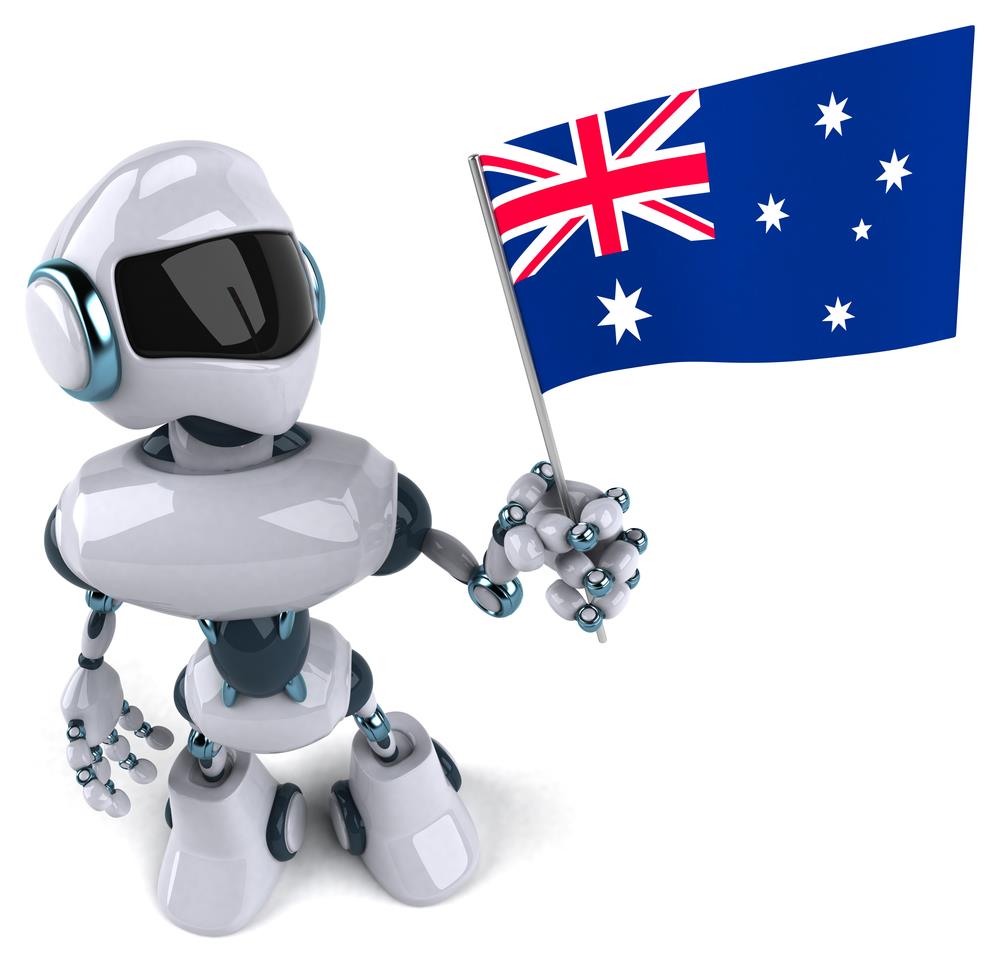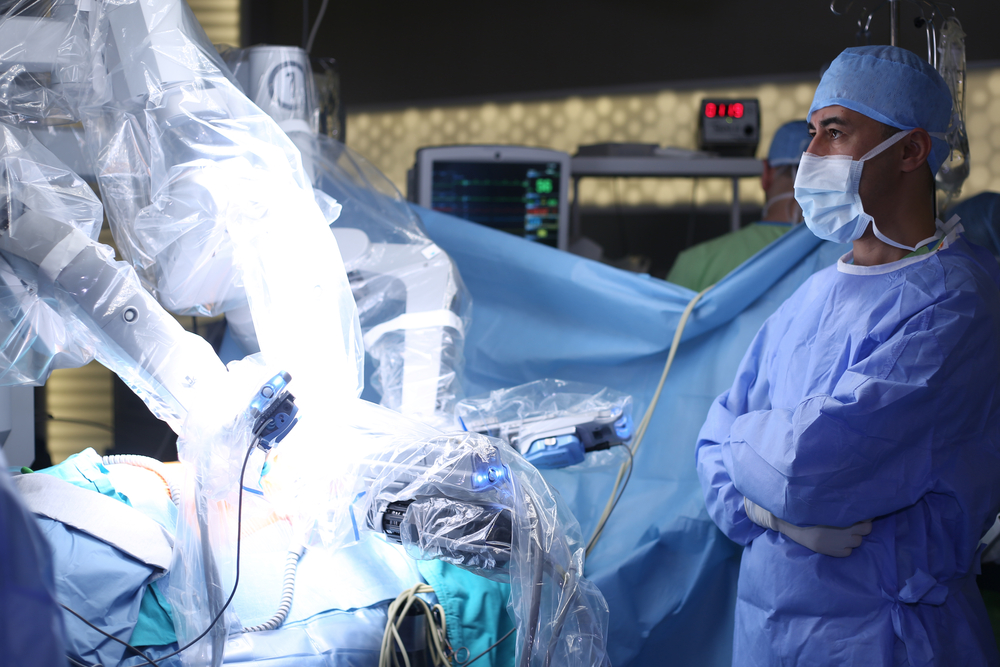Child Cancer Personalized Medicine Center, an Australian Cancer Research Foundation is well known for its research in finding a cure for kid’s cancer. Robots in Australia are working day and night without a break to find a treatment for children who are suffering from high-risk cancer.
This facility was initially created to develop new drugs but is now being used to match the individual cancer patients’ treatment requirements with the safest and most effective drugs. They are using the seemingly simple method of testing the efficacy of approved drugs and combining them to find the best suitable option to kill the specific cancer cells of each child.
The Australian Cancer Research Foundation provided a $1.5 million grant to build this centre and was officially opened by Sir Peter Cosgrove, the Governor-General of Australia and a Patron of the Children’s Cancer Institute. This centre has in its possession robots, stocks of clinically approved and known drugs, large tumour bank facilities, tissue culture and state of the art information systems for laboratories.
This centre is meant to act as the headquarters of the Zero Childhood Cancer Program and is one of the most ambitious research initiatives undertaken in the country as far as childhood cancer treatment is concerned. It aims at curing the most serious cases of infant, childhood and adolescent cancers.
As per Professor Michelle Haber AM, who is the executive director of the Institute, the need for better treatment is urgent. She said that every week three children in Australia die of cancer and usually when regular treatments are not effective, these children have little time and few options.
The ACRF Child Personalized Medicine Center is part of the most comprehensive effort to conduct an analysis of children’s cancer. It is using a large number of tests including advanced gene sequencing tests, along with drug sensitivity tests which can provide tailor made treatment for an individual child’s cancer.
The goal is to receive and process many samples of tumours from children’s hospitals across the country over the next four years. These samples will be analysed and tested against a stock of approved drugs.
Collaborative Robots will analyse the data of the drug screening and identify the drugs and their combinations which are most likely to stop the growth of cancer cells in individuals. These reports will go to clinicians and will, in turn, guide them in the treatment of kids’ cancer as part of the Zero Childhood Cancer Program that is scheduled to be opened next year.
As per Mr Tom Dery AO, Chairman of the Australian Cancer Research Foundation, the growth of this program shows the efficacy of the support provided by the ACRF. This foundation is meant to challenge the traditional research and give impetus to bold ideas. Such initiatives are exactly what they look for when they award funding.
It is a national initiative in which many research institutes are partnering, and they have received grants from the ACRF. These research centres include Kinghorn Centre for Clinical Genomics, Garvan Institute of Medical Research in NSW, The Peter MacCallum Cancer Center in VIC, South Australian Health and Medical Research Institute in the SA and the University of Queensland Diamantina Institute in QLD, said Mr Dery.
According to Professor Ian Brown who is the CEO of ACRF, the funding provided to such initiatives attracts the world’s best researchers to the country.
The grant received from ACRF also extends funds to expand tumour banks, improved tissue
culture capability and excellent data management systems. These will link the results of the tests conducted in this facility with clinical data from patients being treated under the Zero childhood cancer program around the country.


